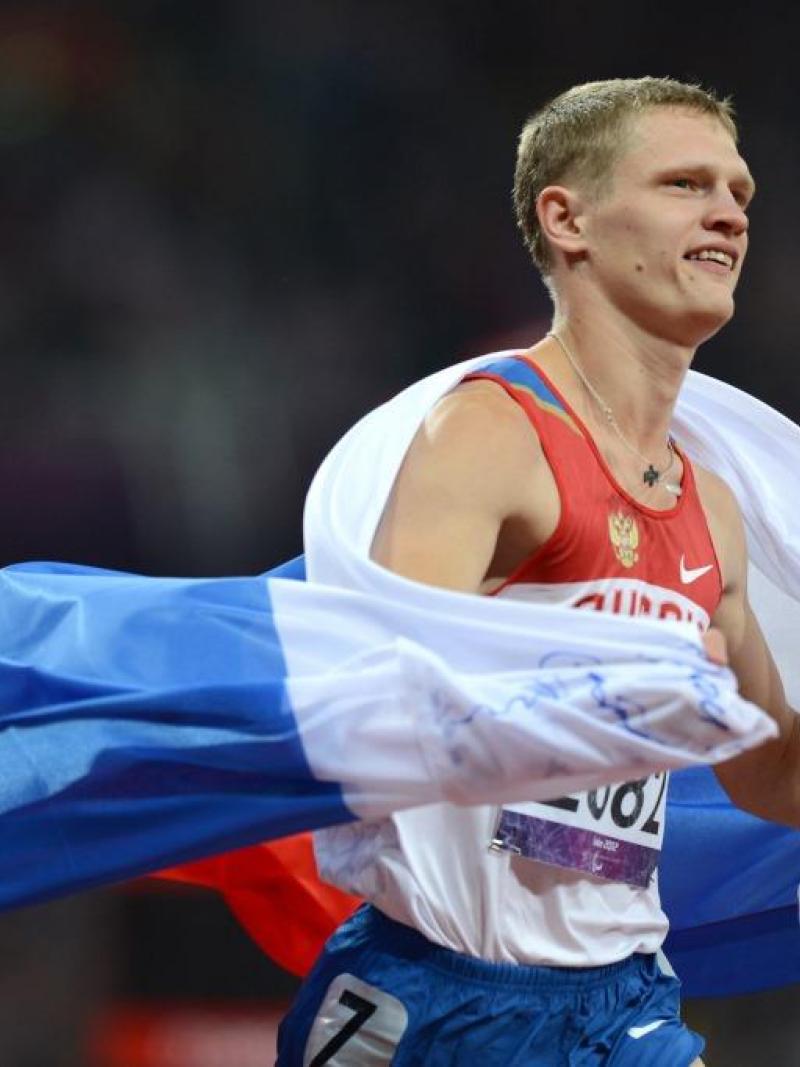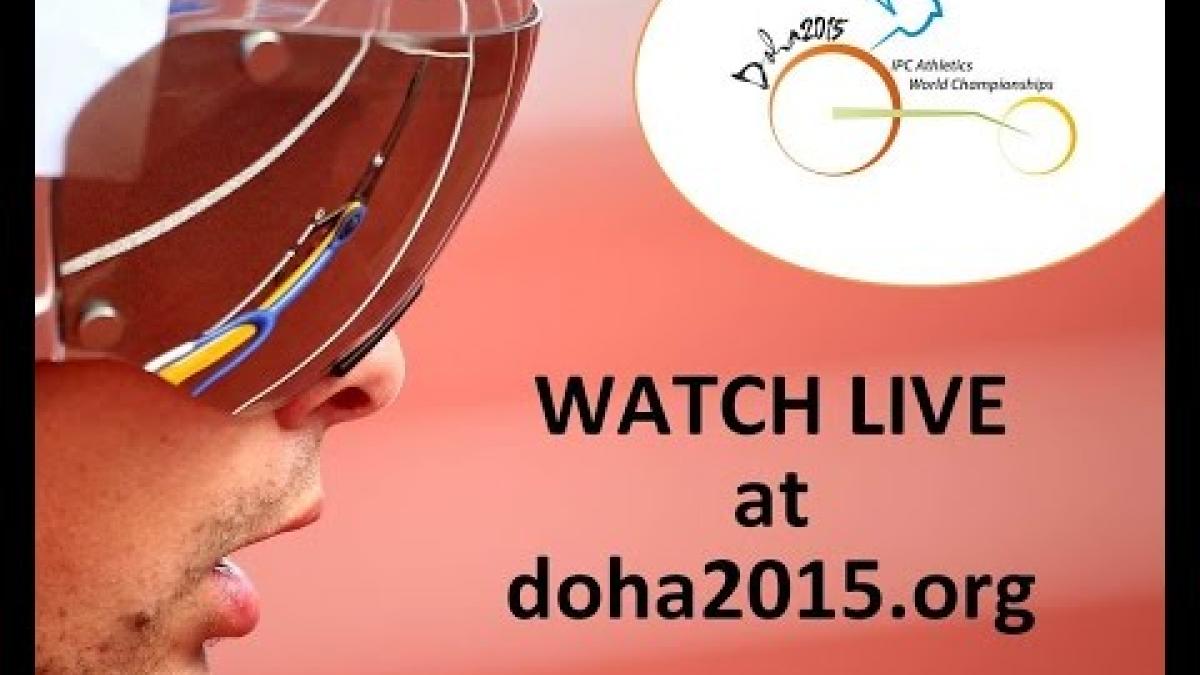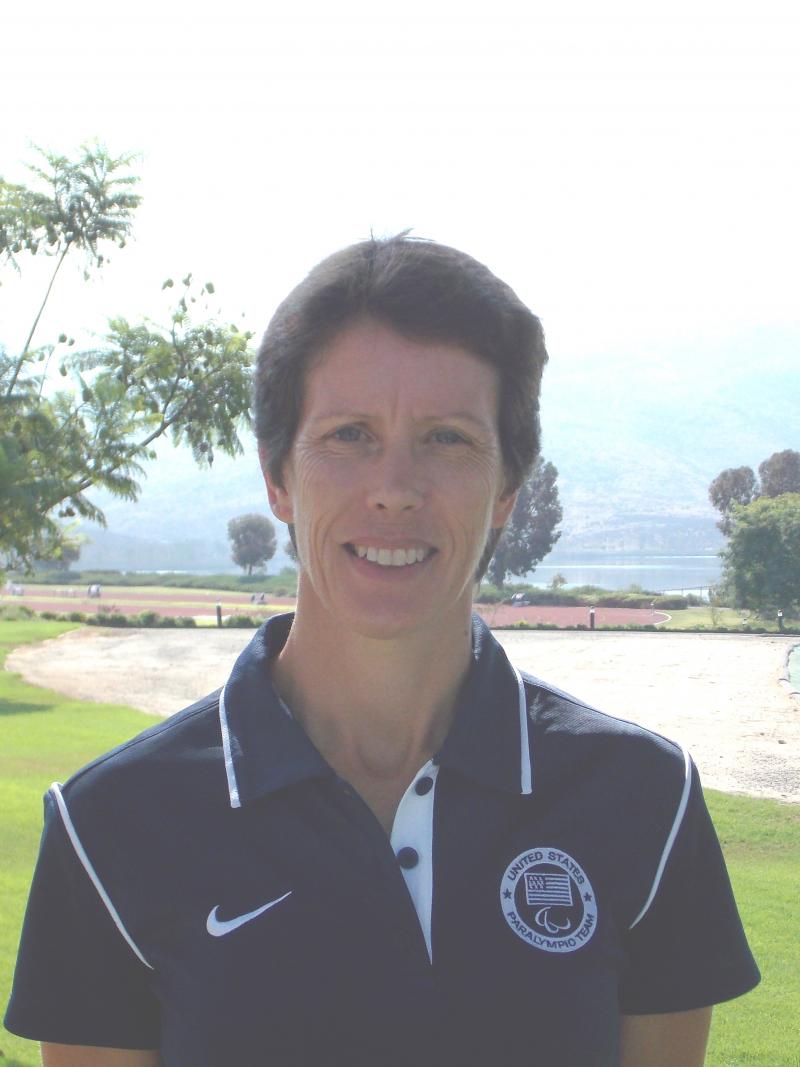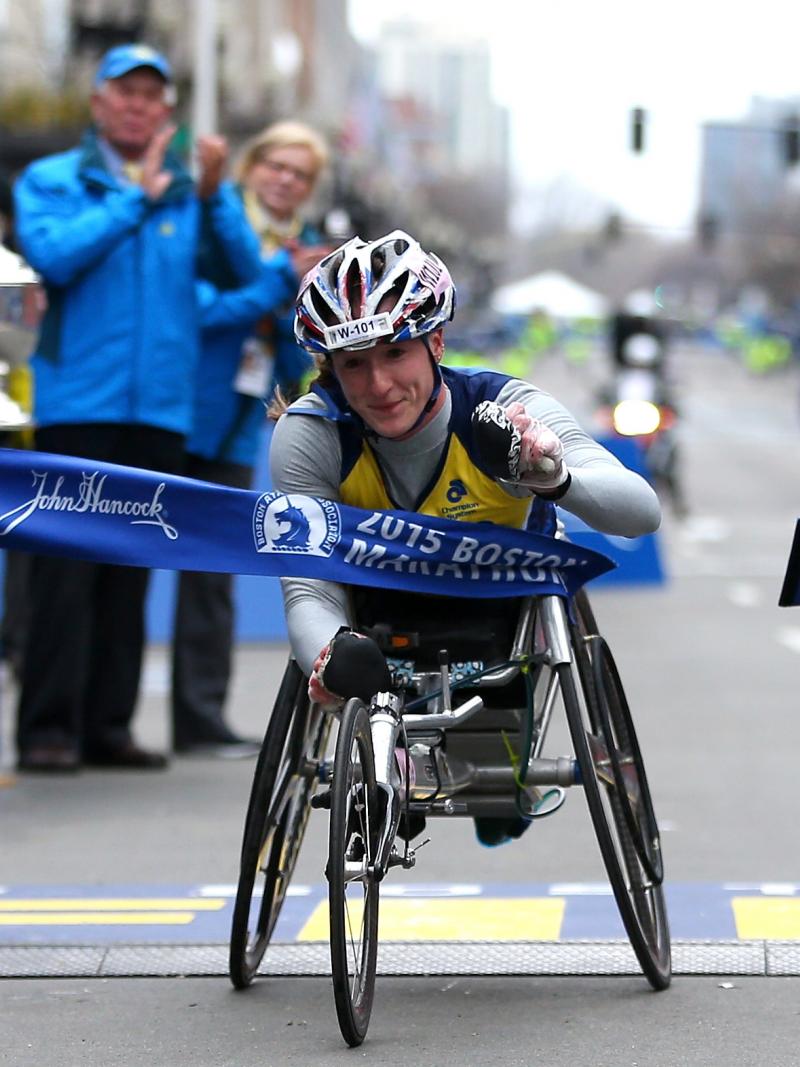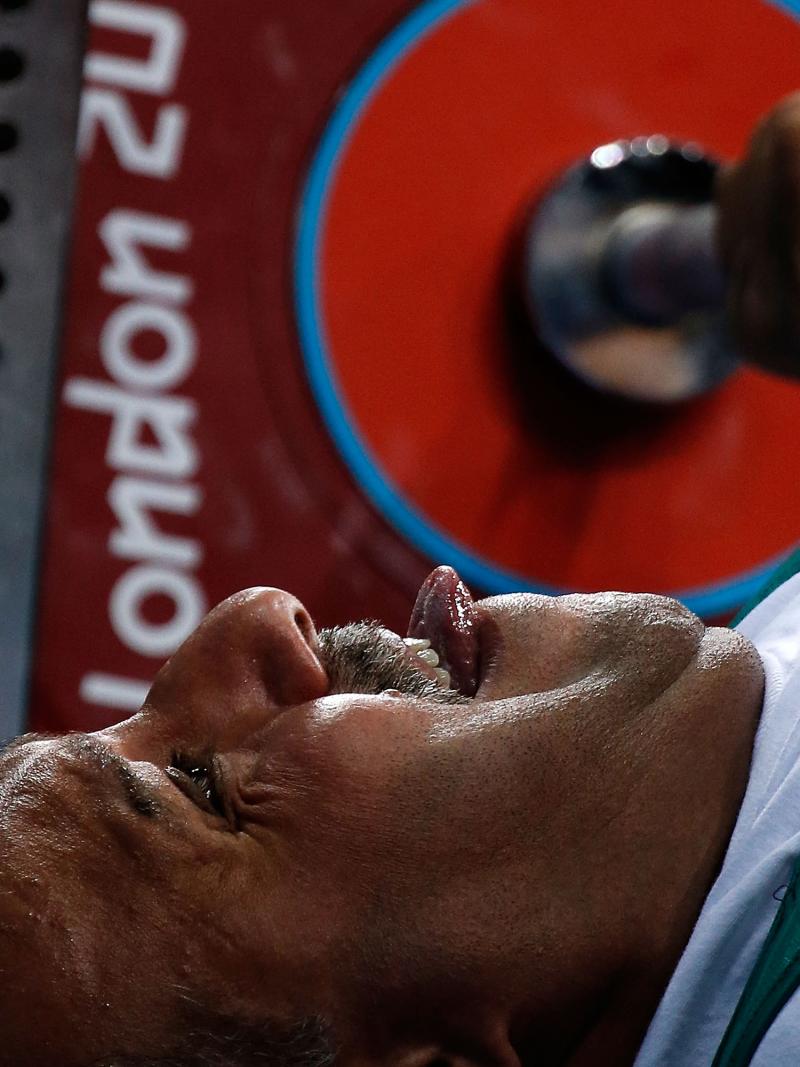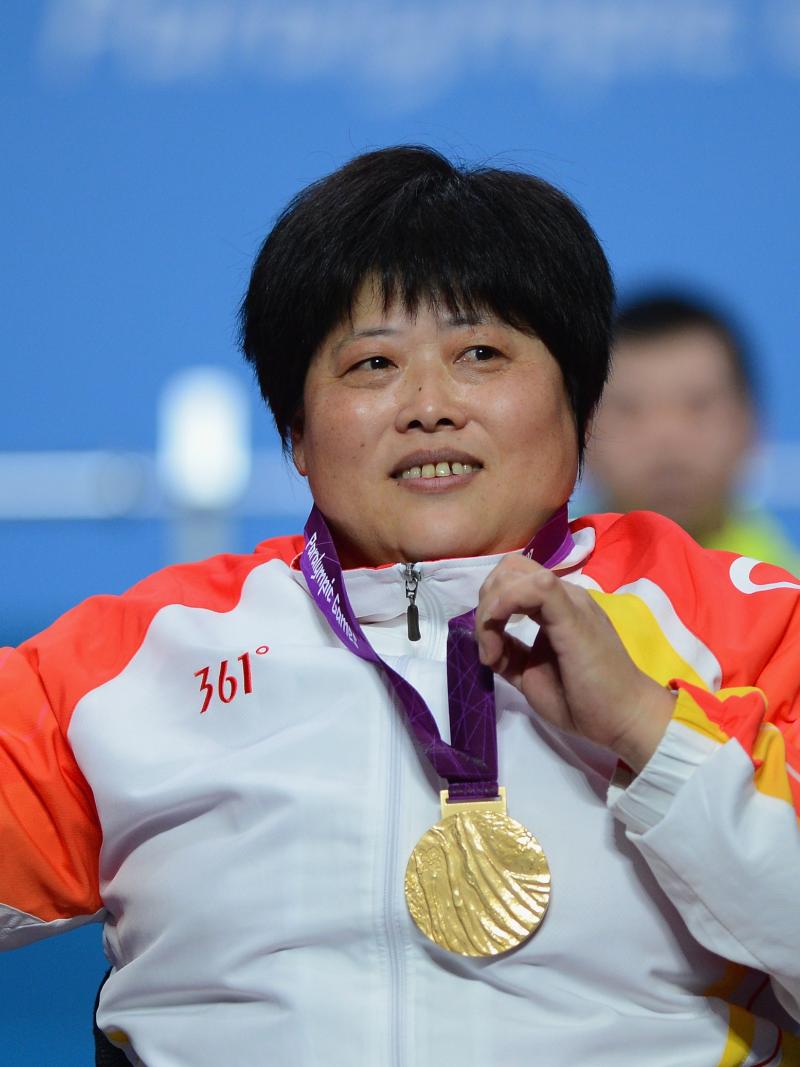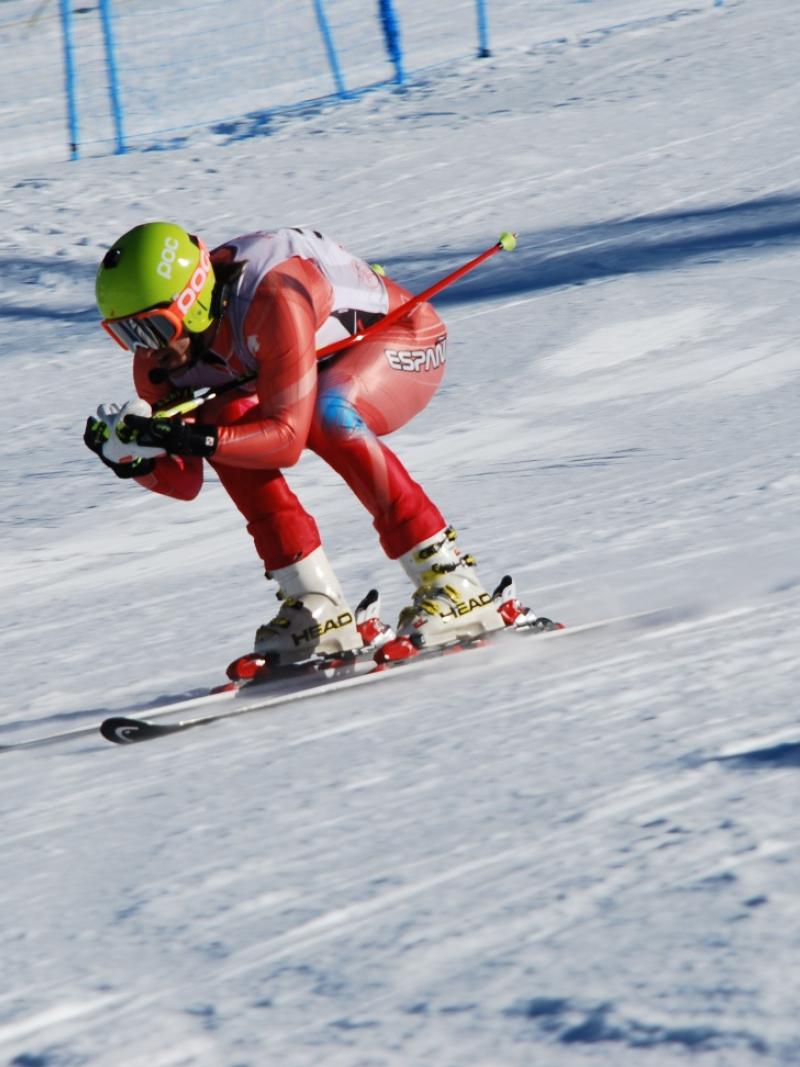Elizabeth Broad: Cool tips for Doha 2015
With the IPC Athletics World Championships kicking off this week in Doha, Qatar, here are some hydration strategies. 20 Oct 2015
Team USA's Elizabeth Broad, Senior Sports Dietician, regulary blogs for paralympic.org
"How much fluid and athlete NEEDS to drink is highly variable and depends on their size, amount of muscle mass ... and other genetic factors."
The 2015 IPC Athletics World Championships begin Wednesday (21 October) in Doha, Qatar. Elizabeth Broad, Senior Sports Dietician at the United States Olympic Committee, talks about the importance of staying hydrated on sport performance.
Hydration in the heat
All athletes know they need to drink. They have been told for many years to stay hydrated. This is particularly important in hot conditions, as dehydration will exacerbate the effects of heat on performance. A total body water loss of more than three per cent (of initial weight) reduces endurance performance and concentration, and increases both heart rate and the perceived level of effort to achieve the same speed / power / performance. Hence, starting training and / or competition in a hydrated state makes good sense, as does minimising dehydration over time.
How much fluid and athlete NEEDS to drink is highly variable and depends on their size, amount of muscle mass, activity level, acclimation (those acclimatised to the heat sweat earlier and more than those who are not, thereby increasing their fluid needs) and other genetic factors. There are several athletes with an impairment who actually require very little to no fluid – simply because they do not sweat, or at least not as much. There is little point giving these athletes a lot of fluid to drink because they will simply excrete it in their urine. Their fluid consumption is driven more by the sense of being hot than the real need for fluid. Overloading with fluid can be equally detrimental to these athletes as underdoing fluid intake can be for others.
With all that said, here are some tips to stay hydrated.
Cooling strategies
1. Avoid spending unnecessary time in the heat. Seek shade or a cool area indoors as much as possible especially when heading in to competition. Heat load can accumulate over a number of days, resulting in overall fatigue.
2. For those who do not sweat, consider wetting your shirt, hat and/or use a spray bottle.
3. Stay cool using ice towels or bags of ice placed under armpits or across your stomach.
4. Invest in a fan and/or umbrella to create your own shade and breeze.
5. Immerse yourself in an ice bath (12 to15 degree Celsius) for 10 minutes. This can be an effective ‘pre-cooling’ strategy to improve exercise performance especially in more prolonged events.
6. Before exercise, consider trialling ice slushees, which cool the body from within; very cold fluids may help to reduce core temperature or slow its rise.
Elizabeth Broad is the author of "Sports Nutrition for Paralympic Athletes.”

 Facebook
Facebook
 Instagram
Instagram
 Twitter
Twitter
 Youtube
Youtube

